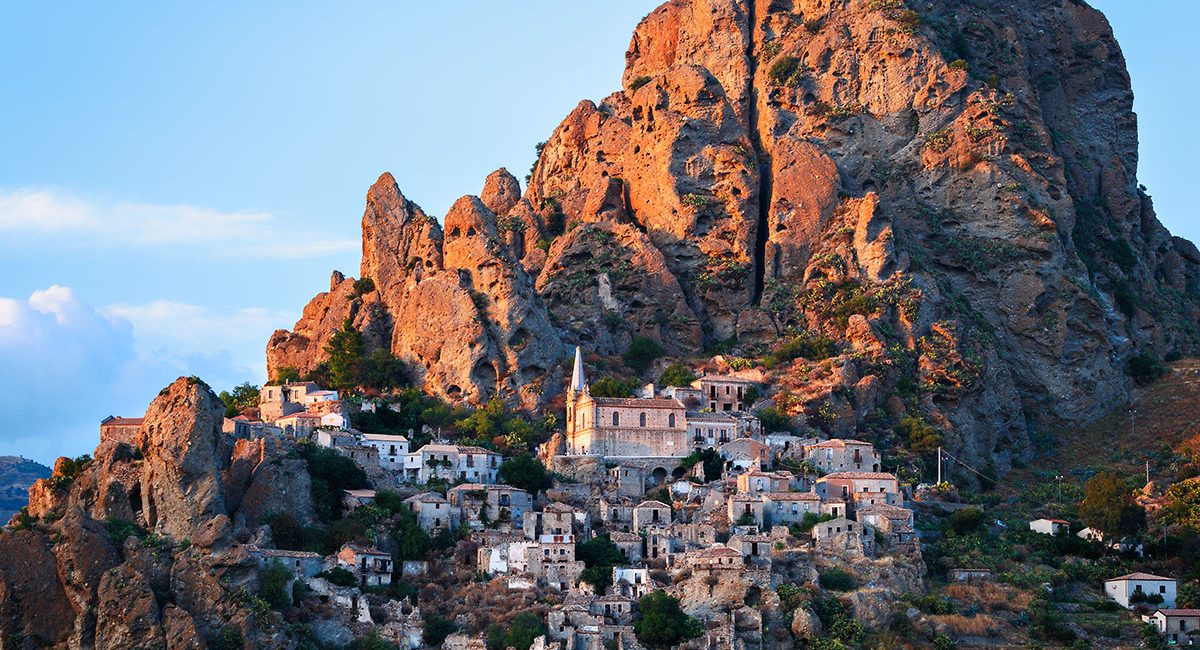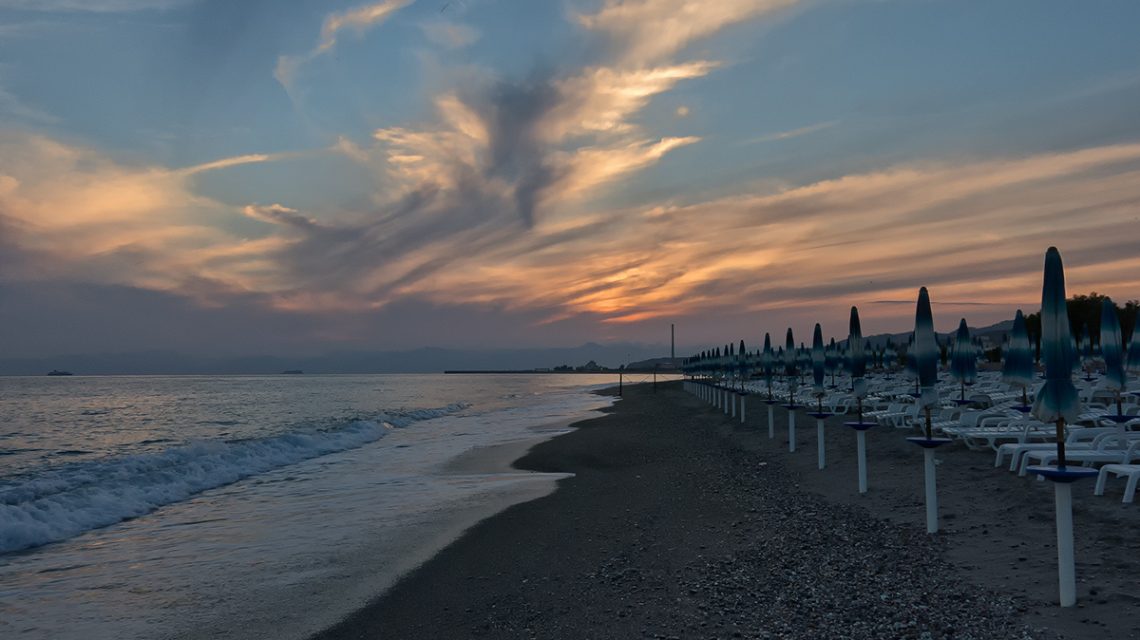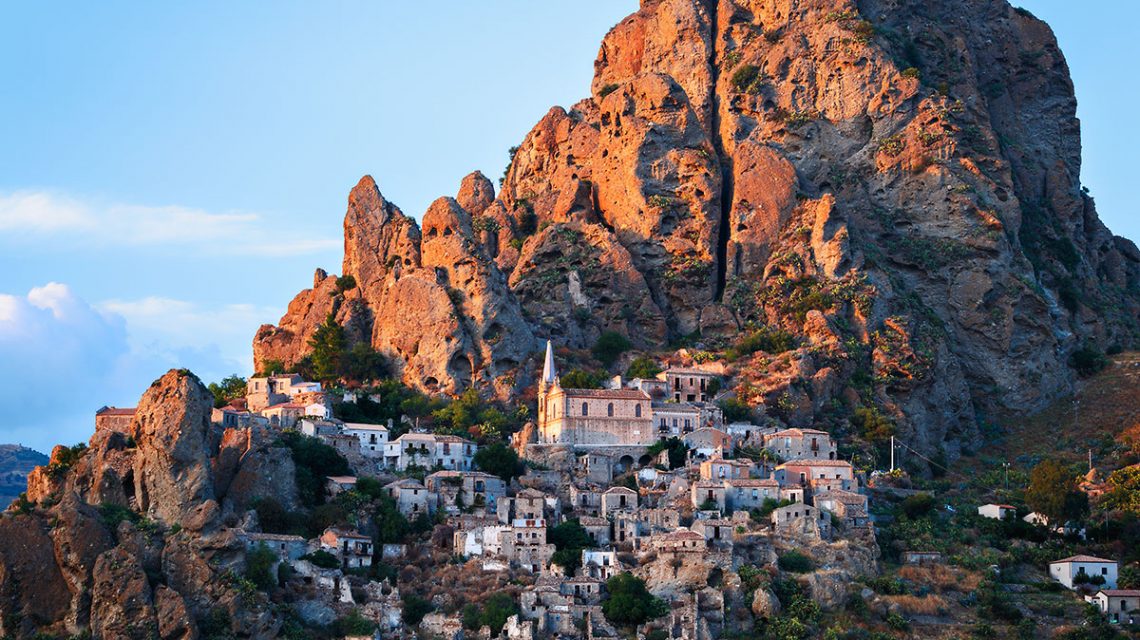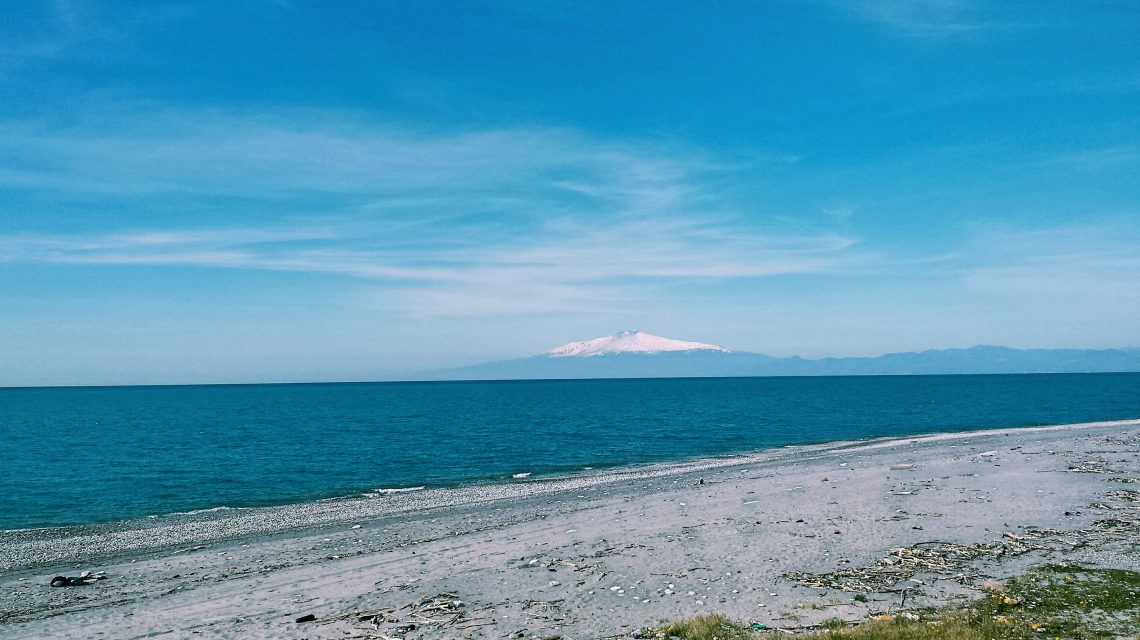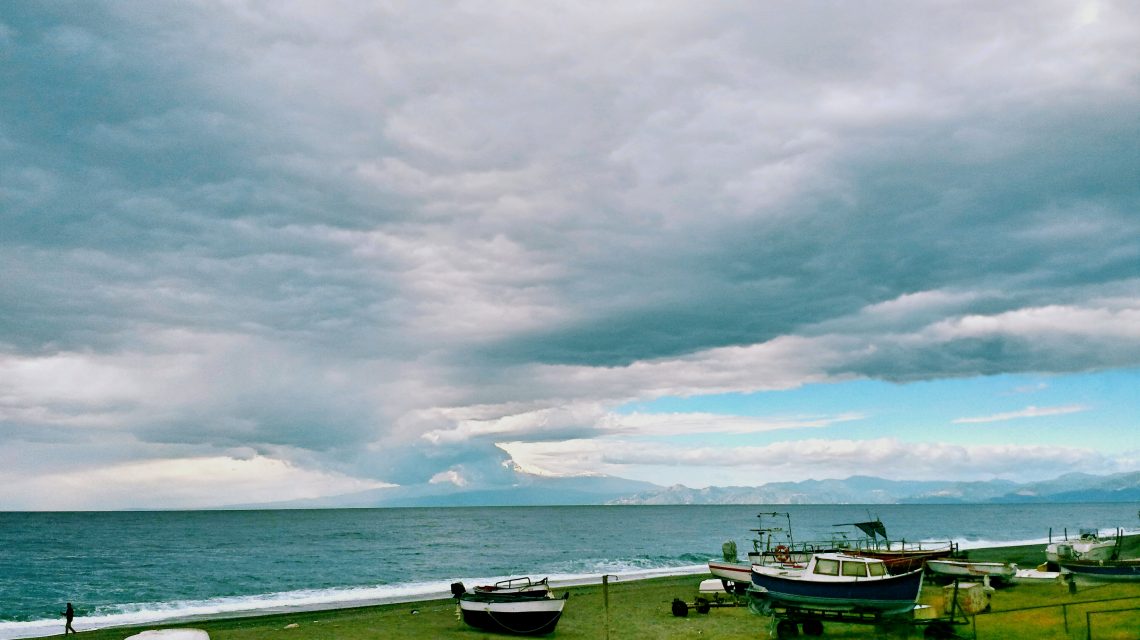Melito Porto Salvo has experienced rapid demographic growth over the last twenty years due in particular to the abandonment of the overlying internal areas.
In the Byzantine age its importance was however relative, almost of satellite village, outlet to the sea of the most important Pentedattilo. Melito owes its name to the presence of the river of the same name, “potamòs tu Melìtu”. Also in Arabic it was called “wadi al asal”, river of honey, due to the high production of honey in the area.
The “second part” of the toponym, however, refers to the devotion to the Madonna di Porto Salvo, a cult that is above all “marine” in an absolutely “rural” ritual district. In the context of national history, Melito Porto Salvo is remembered for the two Garibaldi landings: on 19 August 1860, when Garibaldi met Vittorio Emanuele II, and on 25 August 1862, when he had to clash with the Piedmontese supported two years before.
Casa Ramirez, a nineteenth-century building overlooking the 106, still bears the traces of a bombing occurred while the Hero of the Two Worlds slept on the lower floors of the building, now used as a restaurant. In fact, the suffix “Porto Salvo” refers to the Virgin most revered by sailors and fishermen, the first to inhabit the seas when they were still threatened by the Turks.
THE NAME
It derives from the Greek potamos tou Melitos, that is “river of honey”. The name refers to the nearby sanctuary of Santa Maria di Porto Salvo, so called because it gave shelter to boats.
HISTORY
Melito di Porto Salvo, with its approximately 12,000 inhabitants, is the largest town in the Grecanica area and is located in the southernmost point of Calabria, on the mouth of the fiumara del Melito.
It is a seaside and agricultural resort surrounded by large citrus groves. The place was inhabited since Roman times, but were the Byzantines, in the century. XV, to introduce the culture of bergamot. The foundation of the city is due to the first inhabitants of Pentedattilo; the town develops starting from the historical center that rises on the hill, to gently slope towards the Ionian Sea, where the most recent expansions are located and where it extends on about 4 kilometers of coastline.
According to local historians, Melito was certainly inhabited in late Roman times, even if the confirmation of this is given only by the discovery in the oldest part (near the Calvary hillock) of a necropolis of the 5th-6th century AD; it is then assumed that, again in the late Roman era, the place was a trading and rest station for travelers who from Reggio Calabria went to Locri. According to an ancient legend, a painting with the image of a Madonna, found on the beach during the Saracen raids, would have come from the sea to protect the site and its inhabitants from Turkish raids.
On the place of discovery, the Melitesi built a Sanctuary that today houses the sacred effigy. Its construction was promoted by Don Domenico Alberti, Marquis of Pentedattilo on which the fief of Melito depended. Following this event, the Alberti promoted the displacement of settlers from Pentedattilo to the flatter and therefore more productive area, so that the city began to expand. In the second half of the nineteenth century, the movement of all civil and religious institutions from Pentedattilo to Melito was completed.
GARIBALDI E I MILLE
Melito wrote his name in the history of the unification of Italy, welcoming Giuseppe Garibaldi and his valiant “Mille” who, coming from Sicily, landed on 19 August 1860 on the beach of Rumbolo, a few hundred meters from the Sanctuary of Porto Salvo . Garibaldi landed again at Melito di Porto Salvo on 25 August 1862, when he arrived in Calabria with his Red Shirts during his military operation aimed at conquering Rome and expelling Pope Pius IX.
DISCOVER THE TOWN
The locality of Melito Porto Salvo is one of the seaside resorts reported with two sails in the Blue Guide of Legambiente and is part of the Southern Zodiac Southern Cape Southern Community.
To reach the village you have to venture into a very long road called Via Lembo (nicknamed “Lembo d’Italia” because it symbolizes the extreme part of the boot); walking along it you come across the fountain with “good water”, which once came directly from the mountains; continuing, you enter right into the small town that is divided into Melito Alta and Melito Bassa: in the upper part of the house, you will find small, particularly steep asphalted hills, while you can find artisan shops and shops in the valley.
Great charm then arouses the seafront of Melito overlooking the Ionian Sea and has Sicily as a backdrop and in particular the Etna, which in clear evenings offers fantastic scenery. To visit the Garibaldino Museum built on the seafront of Melito Porto Salvo in the exact place where Giuseppe Garibaldi and the Thousand (the Red Shirts) landed in the distant 1860 and 1862.
The museum consists of three parts: the outdoor area (here is the new garibaldian stele that has been replaced by the old original, now dismantled); an underground area containing the tombs of some allies of Garibaldi; and the actual museum where you can see the weapons and clothing of the hero of the two worlds, numerous documents and sources relating to the landing of the Thousand.
Also on the Lungomare dei Mille to visit the sanctuary dedicated to the Madonna di Porto Salvo, built in 1680 by the Marquis Domenico Alberti of Pentedattilo, on the ruins of a more ancient building that rose, not surprisingly, in a locality, known in the fourteenth century “Portus Veneris”. On the altar of the church, stands the canvas of the Madonna di Porto Salvo, depicted while protecting a ship at the mercy of the waves. Painted in the early eighteenth century by Antonio Cilea, he returns annually in a procession to Pentedattilo, reinforcing the bond of this community with the hand-shaped cliff. The procession, which takes place on the last Saturday of April, is certainly the religious moment most felt by the 12,000 thousand residents of Melito di Porto Salvo, the most demographically significant center of the Grecanica area, the result of the depopulation of the Greek side, following the flood of 1952.
The Village of Pentedattilo
Located at 250 meters above sea level, Pentedattilo is perched on the cliff of Monte Calvario with its characteristic shape that resembles that of a Cyclopic hand with five fingers.
Pentedattilo, a village full of charm and mystery, is immersed in an enchanting landscape, the Sant’Elia Valley, where it is possible to admire the bizarre sandstone boulders of Santa Lena and Prasterà in the midst of the expanses of broom, olive trees, mulberry trees and prickly pears, and in spring to the blossoming almond trees and mimosas.
The Vallata also keeps, in the territory between Pentedattilo and Fossato, several mills with a Greek wheel type, in the past fed by the waters of the Sant’Elia river, a very important resource for the economy of the valley.
But the element that more than any other captures the attention is the majestic cliff of sandstone above the village. The small town maintains its charm unaltered and constitutes a real historical heritage to be known and protected.
